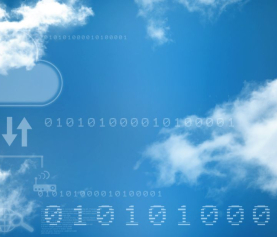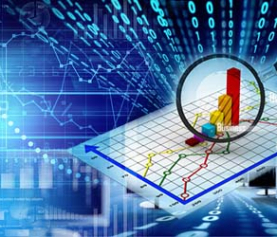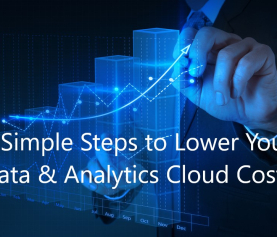Databases – Combining end point security and database security and protection
Databases – the Other Endpoint – combining end point security and database security and protection
Safeguard All Endpoints
We often consider data as something tangible, something that is moved from point to point. In truth, it is information and can flow freely from one access point to the next if left unencumbered. The most dangerous time for data to be stolen is in transit, but this is not the only time. Endpoint security is a serious matter and deserves your attention as well. Specifically, any access point for information is an endpoint. This includes PCs, phones, laptops, tablets, or other devices like bar code readers or point of sale terminals. These are designated and designed devices for accessing a database for information and retrieving what they need. Security for endpoints like these is typically a policy-based approach to network security, requiring specific criteria before access is granted.
Enforcement of that can be done with either software or a dedicated appliance. Regardless of approach, it monitors the requests to access a network, flagging or blocking suspicious activity. Endpoints that try to access the network without proper authority are either given limited access, or quarantined on a virtual local area network (VLAN). After limiting the ability to access the network, that device is subject to several options including being removed from the network, or restricting access heavily. These security measures are designed to ensure that nobody accesses sensitive or private information without authorization, or on an unsupported platform. Even those authorized for information can make the mistake of using an unsecured method that will be dangerous. Instead of people, security monitors activity and devices.
Cache Prize
Heavy encryption and security protocols can prevent data transmissions from being breaches of security. Significant protocols are often in place for endpoint access to information. However, one last area typically does not get the same level of security despite being the most tantalizing breach of all. Endpoints access through the network to the database. A rudimentary bit of IT logic, and yet often the database security is not as rigorous as the other points. The database is the place where all your information is stored, meaning it is the greatest prize for those wanting to steal or corrupt information for your business or home. While not necessarily the most vulnerable point, the stockpile of information that runs your holdings should be protected heavily. Consider your money. You restrict access to your wallet, and do your best not to use bank codes in unsecure ways to deter fraud. Should you not keep your money in a bank where it is far safer than under the mattress at home?
Databases are one of the most prized targets for cybercriminals, and a tempting one for disgruntled insiders. Once access is gained to the database, everything is at risk. Therefore, you need to consider several key points for database security. One of the greatest tips is to make sure your protection for your database is to have it set up for a variety of threats in real time. Regardless of the security in effect, notifications that arrive after the breach are not nearly as effective as programs designed to send out an immediate alarm. Actionable information allows you to immediately deal with the threat, and minimize any loss. It also allows you to track down the source as quickly as possible and deal with that. Partial protection is insufficient when the core of your home or business is at stake. Businesses like Redtoo offer comprehensive systems to monitor, restrict access, and notify you of issues as they happen.
Understand Nominal Behavior
When you establish protection for your database, set up a baseline security across all databases. Your system should be familiar with what behavior and programs are normal for data access. It should also be aware of behavior such as when data is normally requested, and through what endpoints and systems. A comprehensive security should be able to incorporate the various devices and methods in real time, understanding the difference between normal access and something unusual to flag. Just like with endpoints, also ensure a tiered level of access to your database. Instead of giving full access to all users, restrict access based on authority so individuals are only able to access information pertinent to them. Users, programs, and devices all will attempt to access your network through nominal practices. Understanding what is unusual and should be stopped can be made simpler by a security system that can understand when the unusual occurs.
Such can be made more complicated with today’s integrated systems that are part physical, and part virtual using platforms like cloud computing. Data can be stored in either a physical location on a computer system, in offsite secure storage, or even virtually without a drive at all. Your security should be able to not only integrate these various points, but cover them seamlessly. This aspect also includes the concept of growth. As your business grows, or your home accrues data, the system your security is to monitor will continually grow. Sometimes this growth is miniscule, or for businesses this can be exponential. Be certain that all your security for systems including your database is capable of keeping up with the demand.




